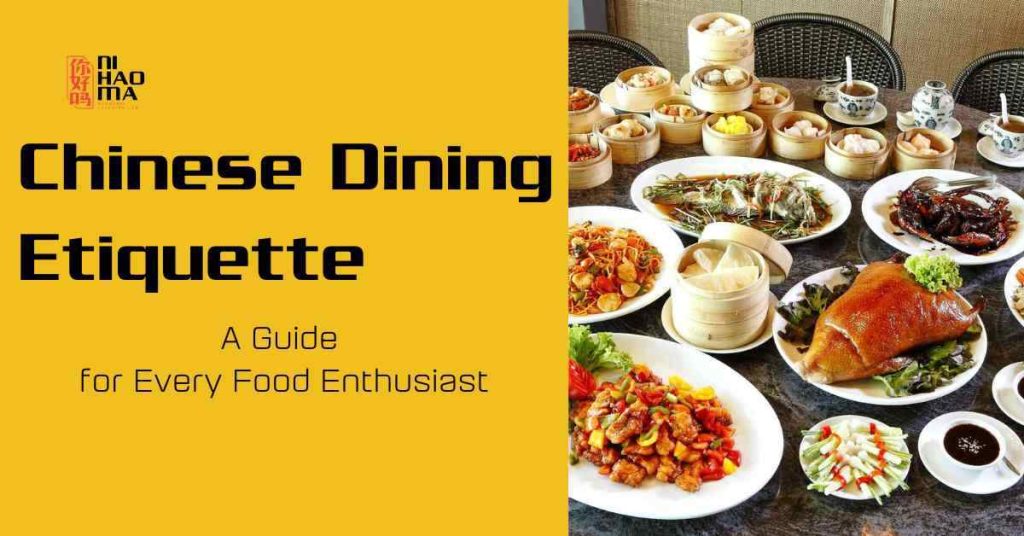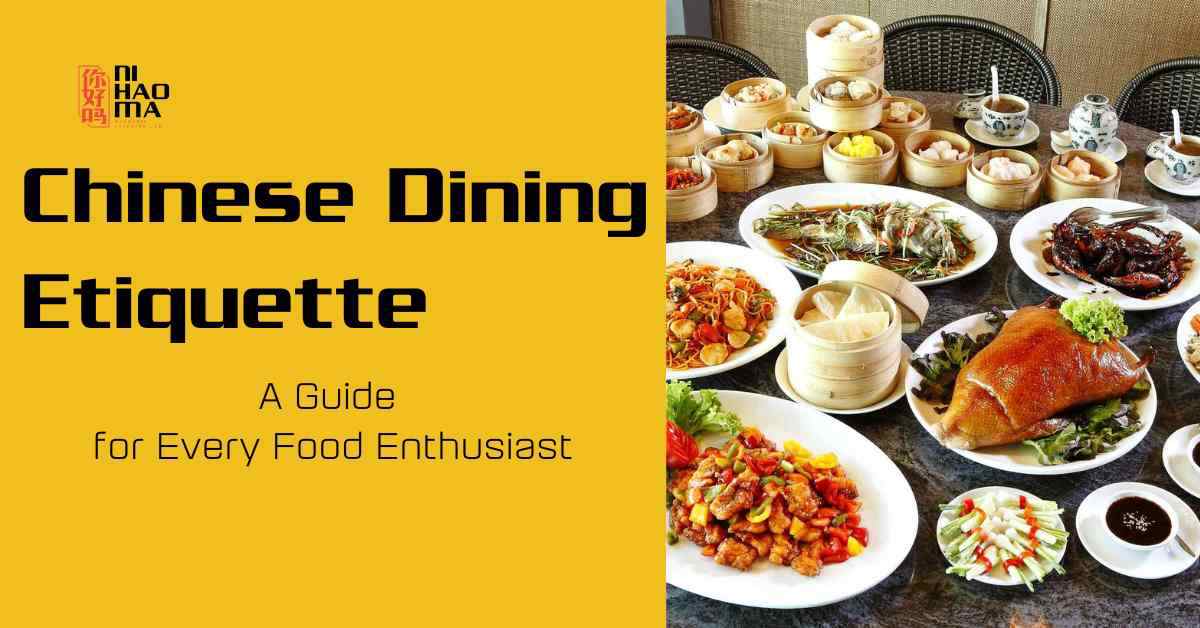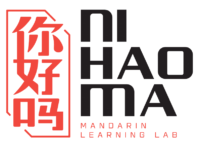Master Chinese dining etiquette with our guide! Impress at the table with knowledge of chopstick use, toasts, and meal traditions. Click for insider tips!

Have you ever wondered about the intricate dance of courtesy and tradition in Chinese dining etiquette? Are you planning a trip to China or a dinner at a local restaurant and want to impress your hosts or guests? If so, you are in the right place! This article will offer you a comprehensive insight into the do’s and don’ts at a dining table in China. Let’s discover the fascinating customs together!
The Importance of Chinese Dining Etiquette in Culture
Dining etiquette is a special place among the many aspects of Chinese culture. It is not just about eating food but also about social interaction, respect, and communication.
It Reflects Social Hierarchies.
In China, the dining table is a representation of social hierarchies. The searing arrangement, who serves food and eats first, all are determined by status. It is customary for the eldest or the guest of honor to sit first and start eating. This is a way of showing respect to seniors and guests. The hierarchy is also reflected in how dishes are served, with the most respected person being served first. This respect for elders is deeply ingrained in Chinese culture and is prominently reflected in its dining etiquette.
Each Gesture Tells a Story.
Every gesture at a Chinese dinner table tells a story and conveys a subtle message. For instance, tapping the table with two fingers shows gratitude when someone pours tea for you. It’s a tradition that dates back to the Qing dynasty. Similarly, holding the rice bowl close to your mouth while eating is polite, showing that you appreciate the food. These gestures are a part of the unspoken language of respect and courtesy deeply embedded in Chinese culture.

Essential Chinese Dining Etiquettes
With its rich and diverse culinary culture, China is a paradise for food lovers. However, when dining in this country, you must understand and respect the local dining etiquette.
Table Setting Etiquette
In Chinese dining, the table setting is an art in itself. Traditionally, a round table is preferred as it symbolizes unity and completeness. In a formal setting, the table is usually set with a dinner plate in the center, surrounded by the rice bowl on the right and the soup spoon on the left.
Each item has its place, and understanding this arrangement is vital. For instance, cold dishes like salads and pickles are often arranged in the center of the table for everyone to share. Meanwhile, hot dishes are served according to their importance, from least to most important.

Chopstick Etiquette
Chopsticks are the primary utensils in Chinese dining, and there are several table manners in Chinese cultureassociated with their use. Firstly, avoid sticking chopsticks vertically into your bowl of rice. That’s because it resembles incense sticks used for the deceased in traditional Chinese rituals. Secondly, pointing with your chopsticks is considered rude.
Also, tapping your chopsticks on the edge of your bowl is seen as a sign of impatience. You should place them neatly on the chopstick rest or horizontally across your bowl or plate when not in use. Use the wider ends of chopsticks to serve food from communal dishes, which symbolizes respect and good hygiene.
Seating Arrangement
The seating arrangement is another crucial aspect of Chinese dining etiquette. The seat facing the door is considered the seat of honor and is usually reserved for the eldest or the guest of honor. The host sits directly opposite to the guest of honor.
In a business setting, the highest-ranking official will take the seat of honor, and the seating arrangement will follow the hierarchy. It’s essential to wait to be seated at a Chinese meal, as this indicates respect for the host and the customs and etiquette in Chinese dining.
Ordering Foods
The art of ordering food in a Chinese restaurant is based on the principles of balance and variety. The host is usually the one who places the order, and they make sure to include a mix of meat and vegetable dishes and hot and cold foods. It’s also customary to order several dishes equal to the number of guests plus one. This ensures enough food for everyone, which is a sign of respect and hospitality.
Serving Etiquette
When it comes to serving, the Chinese greatly emphasize respect and hierarchy. The eldest or the guest of honor is typically served first. It’s common to see the youngest or the least senior person at the table serving food to the elderly as a sign of respect.
In addition, dishes should be placed in the middle of the table, and offering the best pieces to others before serving yourself is considered polite. When serving food, use common chopsticks or spoons to prevent direct contact between your personal utensils and the shared dishes.

Eating Etiquette
The Chinese dining etiquette reflects the culture’s respect for hierarchy and seniority. One of the fundamental rules is to wait until the elder or most senior person at the table starts eating before you do. This shows respect for their status. Also, it’s customary to try a bit of everything served to show appreciation for the food. However, avoid taking the last piece from a serving plate without offering it to others first.
Serving Tea
Tea plays a significant role in Chinese dining. Serving tea to elders or guests is a sign of respect and gratitude. If someone pours you a cup of tea, tap two fingers on the table as a silent thank you. Remember, when pouring tea, always start with the eldest person and turn around, ending with yourself.
Toasting Etiquette
Toasting is a common practice at Chinese dining tables, especially during celebratory meals or banquets. When proposing a toast, it’s respectful to hold your glass lower than that of your elder or superior. Also, toast the host at the beginning of the meal, followed by toasts to the rest of the group.
Paying the Bill
Paying the bill can often become a friendly argument in Chinese dining culture, as everyone wants to show their generosity by caring for it. Usually, the person who did the inviting to pay, but it’s common for others to make a polite attempt to pay. If you are not planning to pay the whole bill, offering to contribute is a nice gesture.

Chinese Dining Etiquette for Special Occasions
Chinese culture is steeped in tradition and rituals, and this is no more evident than in the dining etiquette observed during special occasions like festivals, weddings, or business dinners.
Festivals
Chinese festivals are grand occasions that bring families and friends together over a feast. The food served is symbolic and often has specific meanings. For instance, dumplings symbolize wealth during the Chinese New Year, while mooncakes are essential during the Mid-Autumn festival. It’s considered polite to wait for the elders to start eating first and refrain from leaving the table until they have finished.
Weddings
A banquet of multiple courses is served at Chinese weddings, symbolizing abundance and prosperity. The menu usually includes a whole fish to symbolize unity and a sweet lotus seed for fertility. Toasting is a common practice at weddings, where the newlyweds toast each table in turn. As a guest, you should wait until a toast is made before eating or drinking.
Business Dinners
Chinese business dinners are not only about the food but also about building relationships and discussing business matters. The host orders the meal, and it’s customary for the guest to offer to pay, though the host will insist on paying. Punctuality is highly valued in Chinese business dining etiquette. It’s respectful to wait for the host to begin eating before you start.

Chinese Dining Etiquette vs Western Dining Etiquette
Dining etiquette can vary vastly from one culture to another. Here are the primary differences between Chinese and Western table manners:
Tablet Setting
In Chinese dining etiquette, the round table is the most common shape, symbolizing unity and togetherness. A typical setting includes a small rice bowl, a plate for bones and shells, a soup spoon, chopsticks, and a tea cup.
On the contrary, Western dining often uses a rectangular table. The setting is more complex, with a dinner plate in the center, surrounded by various cutlery (forks on the left, knives and spoons on the right), a bread plate, and multiple glasses of different wines and water.
Dining Behavior and Customs
Chinese dining is communal. The Chinese place dishes in the table center so that everyone can share. It’s customary to serve elders or guests first. Also, it’s polite to offer the tastiest pieces to others. In contrast, Western dining is individualistic. Everyone has their plate of food. It’s considered impolite to take food off someone else’s plate.
| Chinese dining | Western dining | |
| Table settings | Round table, communal dishes, individual rice bowl, chopsticks, tea cup | Rectangular table, individual plates, various cutlery, glass for beverages |
| Dining behavior & customs | Communal eating, serve elders first | Individual portions, respect personal space |
Misunderstandings and Mistakes to Avoid
Are you planning to take a trip to China soon? If so, you should avoid the following common misunderstandings and mistakes when on the Chinese dining table:
Focus On Americanized Chinese Food
Authentic Chinese cuisine is diverse and varies significantly from what is typically served in Americanized Chinese restaurants. While dishes like General Tso’s chicken and fortune cookies are popular in the West, they are not traditional Chinese dishes. Instead, try exploring more traditional dishes like Peking Duck, Dim Sum, or Mapo Tofu.
Serve Yourself First
In Chinese dining etiquette, it’s considered rude to serve yourself first. The norm is to serve elders and guests before taking food for yourself. This practice comes from the Chinese values of respect for elders and hospitality. Serving yourself first is seen as selfish and disrespectful.
Misuse Chopsticks
As shared earlier, chopsticks are the primary eating utensils in Chinese dining, and there are particular rules concerning their use. Some common mistakes include sticking chopsticks vertically into a bowl of rice or using them to point at people or things. It would be best to learn how to use chopsticks to prevent unintentional disrespect.
Ignore the Traditions of Tea
Tea plays a significant role in Chinese dining. It’s common for the host to pour the tea for the guests, starting from the eldest or most senior. If someone pours you tea, taping two fingers on the table as a silent thank you is polite. Ignoring these tea traditions can be seen as a lack of respect.

Wrapping Up
Mastering Chinese dining etiquette is a significant step towards understanding and appreciating the rich culture of China. It’s not only about food but also about respect and relationship-building. So, next time you’re invited to a Chinese dinner or visiting China, remember these etiquette tips for a memorable dining experience!


